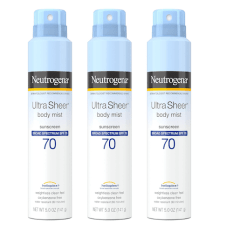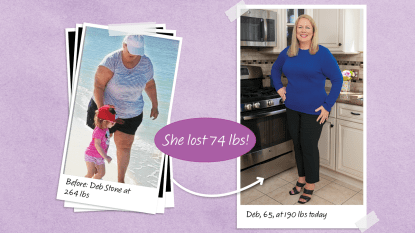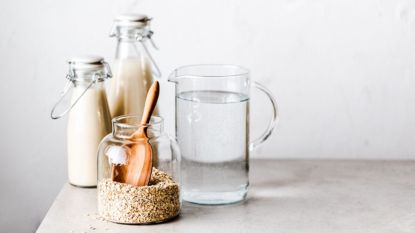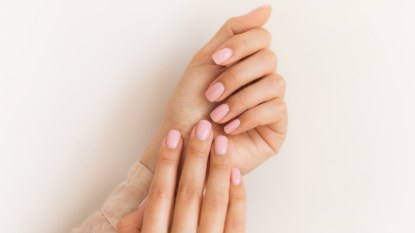Pain and Itch ‘Down There’ Can Signal a Vaginal Ulcer — See the Remedies Ob/Gyns Recommend
Turns out you can ease symptoms simply by switching up your underwear
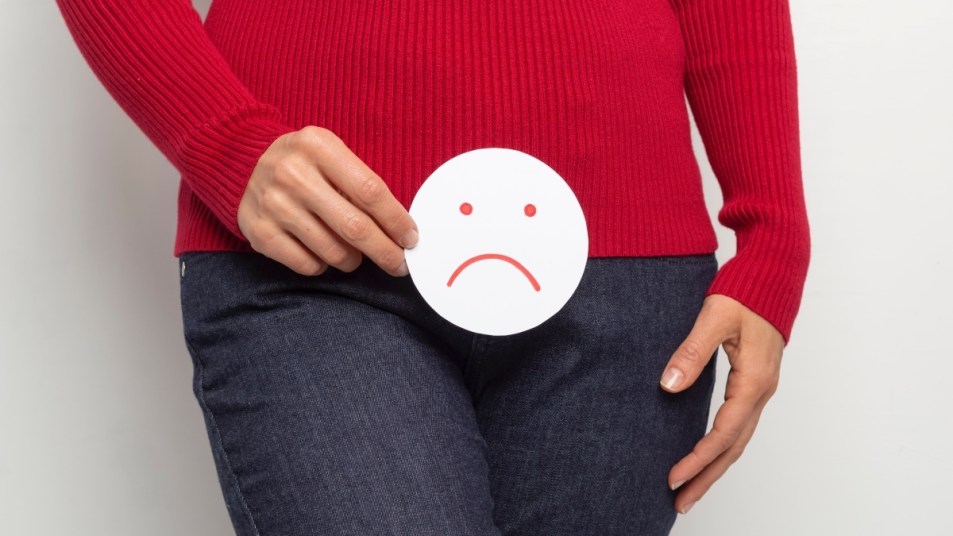
Swapping tried-and-true health tips with friends is great when you’re dealing with a headache or hot flash. If you have a vaginal ulcer, though, you may not want to hop on a group chat discuss it. But there’s no need to feel embarrassed. The painful sores are actually more common than you may think. Here’s everything you need to know about a vaginal ulcer, including what causes it and the best home remedies to speed relief.
What is a vaginal ulcer?
Time for a quick anatomy reminder: The vagina is the tube that leads from the vaginal opening internally to the cervix. The vulva is your external genitalia, which includes the labia, clitoris, vaginal opening and urethra opening. While most of us refer to a painful sore in this area as vaginal ulcer, its medically known as a vulvar ulcer — an open sore on the vulva skin, says Jill Purdie, MD, a board-certified OB/GYN at Northside Women’s Specialists in Atlanta, GA.
That isn’t to say an ulcer can’t pop up near the vagina, though. “Vaginal ulcers are commonly skin-related, but it is possible to have one right at the opening of the vagina where the outside skin meets the inside mucous membrane,” says Dr. Purdie. Another area where vaginal ulcers may appear is the perineum, the area between the anus and vulva, adds Kelly Culwell, MD, a board-certified OB/GYN at Northside Women’s Specialists, part of Pediatrix Medical Group.
Symptoms of a vaginal ulcer
Typically, you’ll feel a vaginal ulcer before you see it. “Vaginal ulcers feel painful and itchy,” says Rikki Baldwin, DO, a board-certified OB/GYN at Memorial Hermann Medical Group in Cypress, TX. “Here’s how I explain a vaginal ulcer to my patients: Think about the sensation when you scrape your hand a welt and irritation forms after. It’s a similar feeling when you have a vaginal ulcer.”
Dr. Purdie says other symptoms of vaginal ulcers include:
- A raised, eraser-sized bump or blister that may ooze and be painful
- Burning after urinating, wiping or sexual intercourse
- Swollen lymph nodes in the groin area
- A rash or raised bumps that may be painless
- Fever or other flu-like symptoms
“If you have a vaginal ulcer, it’s rarely a single ulcer,” adds Dr. Purdie. “It’s similar to chicken pox — the pox come up, blister, crust over and then go away. You’ll notice a similar pattern happening in the vulva area if you’re dealing with vaginal ulcers.”
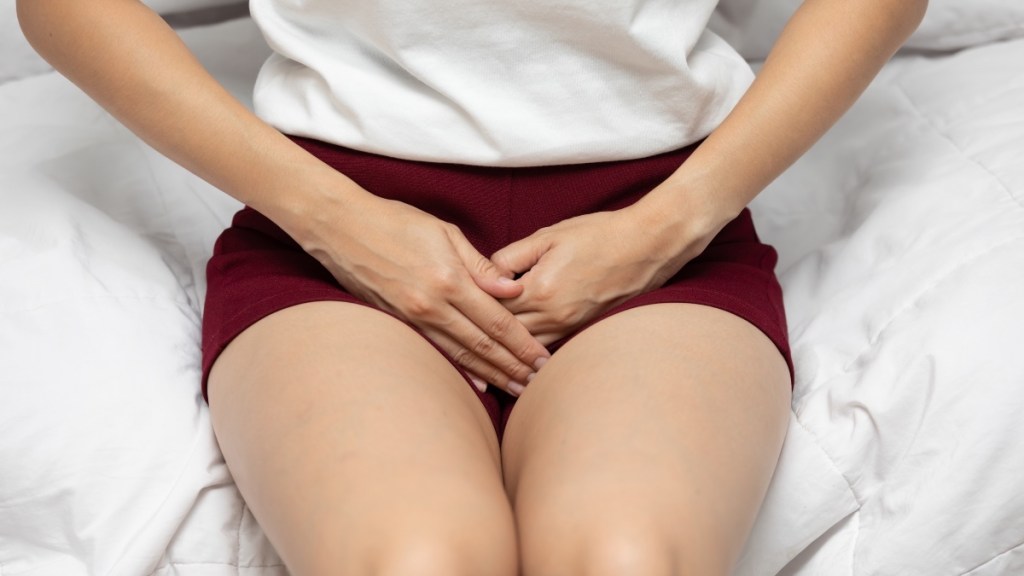
Related: Doctors Say These Kitchen Staples Speed Healing of a Painful Skin Ulcer
Common causes of a vaginal ulcer
Many folks assume that a vaginal ulcer is caused strictly by a sexually transmitted infection (STI). And while it’s true that they’re a common culprit, they’re far from the only cause. Here’s what can trigger an outbreak:
1. Herpes
“Herpes is very common sexually transmitted infection,” says Dr. Culwell. “Even with condoms, you can pass herpes through skin-to-skin contact. If someone has a lesion on an area that’s not covered by a condom, the skin-to-skin contact on the outside can spread it.”
Even if you aren’t currently sexually active, you may have been exposed in the past to herpes simplex virus 2 (HSV-2) without knowing it. “Herpes can stay latent for many years,” Dr. Culwell says. “Someone might not know they had herpes exposure because they never had an outbreak. They only discover it after they go through a period of immunosuppression for some reason. This can be from a new medication they’re taking, stress or a medical condition that causes a herpes lesion to appear, even though they weren’t recently exposed.”
Dr. Culwell adds that if you have certain chronic conditions that cause immunosuppression, such as diabetes, it may increase your risk of an outbreak when exposed to HSV-2. (Herpes simplex virus 1, on the other hand, is responsible for cold sores. Find out how to get rid of cold sores fast.)
2. Syphilis
When it comes to infectious triggers, syphilis is another sexually transmitted infection (STI) that can cause a vaginal ulcer. Different from herpes simplex virus 2 vaginal ulcers, Dr. Purdie says this can be a single, nickel-sized ulcer and it often starts off painless.
3. Contact dermatitis
It’s also possible to develop a rash and ulcers after being exposed to something that irritates the skin. “A woman may have an allergy to latex, and has a reaction after intercourse with a latex condom,” says Dr. Baldwin. “Or if you switch soaps or even the detergent that you wash your underwear in, it can cause irritation that results in a vaginal ulcer.”
Dr. Purdie adds another common culprit for contact dermatitis is the type of wax used during a bikini wax. This can cause the skin to rash or blister, or may irritate you to the point where you scratch the vulva area enough that it causes the skin to blister. (Contact dermatitis may also be behind your itchy scalp and hair loss — but these tricks can help.)
4. Menopause
There’s no direct link to an increased risk of vaginal ulcers with age or menopause. But a small group of women who are in peri-menopause and post-menopause may deal with chronic itching and irritation, says Dr. Baldwin. In these cases, that can lead to vaginal ulcers.
When to see a doctor for a vaginal ulcer
“A vulvar ulcer is never normal,” says Dr. Culwell. “It should always be evaluated to treat the root cause. This is the fastest way to get relief.”
If your vaginal ulcers come from a viral infection, your dotor will likely prescribe an antiviral medication like valacyclovir (Valtrex), says Dr. Purdie. For vaginal ulcers that come from dermatitis, you can find relief by removing the irritant (whether it be latex, soap or something else) and following comfort measures to ease the pain.
How to relieve vaginal ulcer symptoms
No matter the cause of your vaginal ulcers, there are simple things you can do at home to relieve uncomfortable symptoms. Our experts’ best advice:
1. Wash with mild soap
Dr. Baldwin suggests using a fragrance-free, mild soap to clean yourself in the shower. (A product like Dove Sensitive Skin Beauty Bar should do the trick.) This is less likely to cause irritation, eliminating itching and scratching that can lead to vaginal ulcers.
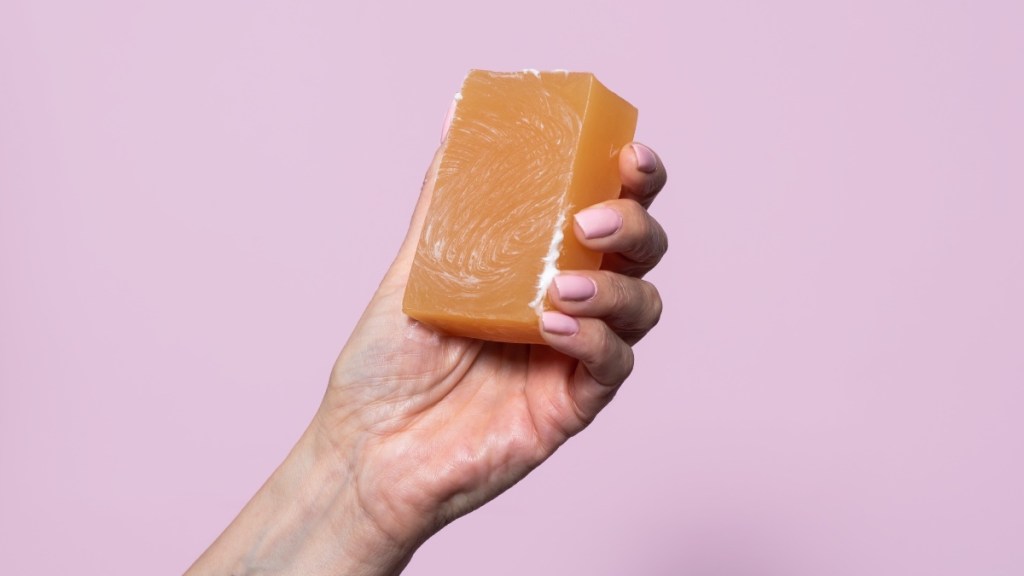
2. Take Benadryl
“If your vaginal ulcer is a result of an allergic reaction, take a Benadryl tablet to ease symptoms like itching,” says Dr. Baldwin. Just be sure to read the label and following dosing instructions: Benadryl may cause drowsiness. It’s best to skip topical Benadryl to avoid further vulva irritation. But if you find you want topical relief, Dr. Baldwin says an over-the-counter cream like Vagisil is a safer bet.
3. Draw a sitz bath
“Sitting in a warm sitz bath with lukewarm water — by either using a small sitz bath tub or your own bathtub — can be very soothing if you have vaginal ulcers,” says Dr. Culwell. Adding Epsom salt can also help with swelling, itching and pain. Soak for about 10 to 20 minutes at a time for natural relief. (Tip: A sitz bath can help with itchy hemorrhoids, too.)
4. Swap your undies
If you have vaginal ulcers, Dr. Culwell says keeping the area clean and dry will help manage symptoms. Wear breathable underwear (they don’t need to be fancy, Fruit of the Loom or Hanes is fine) to avoid irritation. For some, this may still cause discomfort. If so, consider ditching the undies altogether until your vaginal ulcers subside.
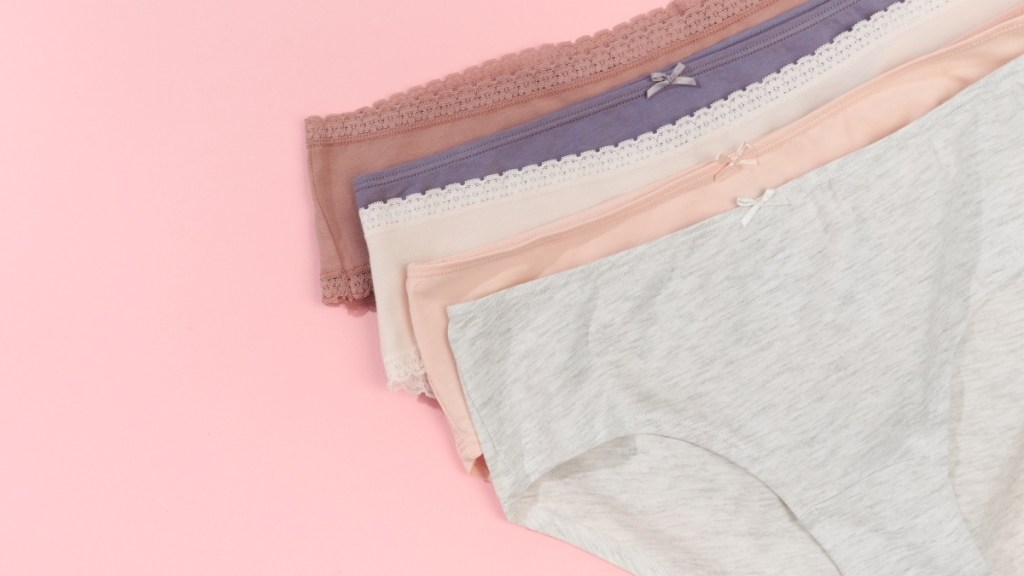
How long does it take for a vaginal ulcer to heal?
Vaginal ulcers caused by a non-viral issue like dermatitis will go away in about four to seven days, says Dr. Purdie. The most important thing to do before you treat them on your own is to make sure your vaginal ulcers are an allergic reaction versus a virus or other health issue.
For viral-related vaginal ulcers caused by HSV-2, you’re never rid of the virus once you contract it. This means you may have occasional outbreaks, which you need a prescription to treat (the home remedies above can help ease symptoms while the meds get to work). For those who have several outbreaks over the course of a year, Dr. Purdie says your doctor may recommend daily medication to suppress symptoms.
For more ways to relieve common vaginal bothers:
Bacterial Vaginosis Home Remedies: Docs Reveal What to Try + What You Absolutely Should Skip
Ob/Gyns on How to Tell If That Lump Is a Vaginal Skin Tag Or Something More Serious
This content is not a substitute for professional medical advice or diagnosis. Always consult your physician before pursuing any treatment plan.

